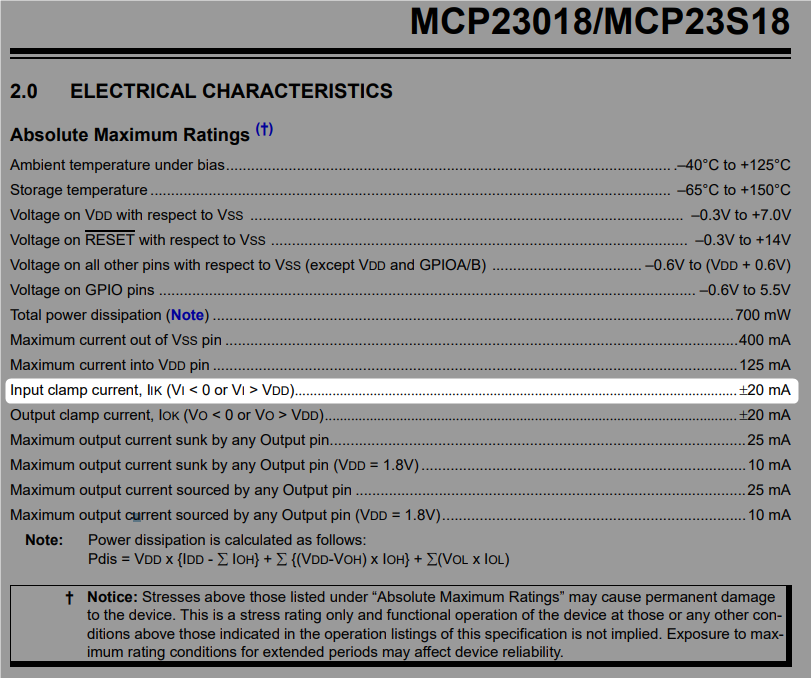Given the following circuit to sense voltage.
I am trying to calculate the value that the highlighted resistor should have (or to figure out if it is needed at all)
The MCP23018 is an IO port expander via I2C that I will connect to an ESP32. Since the 3.3V comes directly from the power supply, my intuition tells me that I should limit current before the MCP23018. In the datasheet it says that the input will be clamp at 20mA, so I used that to calculate my resistor:
*[Edited]
V = 3.3V - 0.6V (Darlington voltage drop)
R = V / I
R = 2.7V / 20mA = 135Ω
Do I need that resistor? If yes, Is my calculation correct?
Links
LDA210 datasheet: link
MC23018 datasheet: link
My full schematic: link


